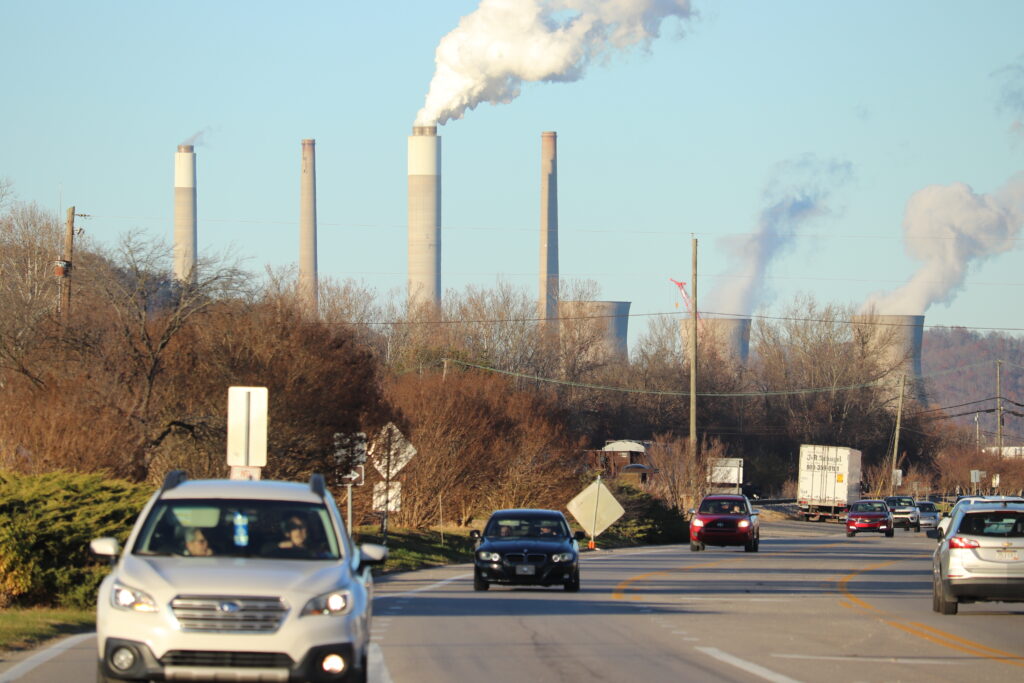Governor’s Mansion, Capitol Now Open For Free, Guided Tours
The West Virginia Governor’s Mansion – fully decorated for the holiday season – is now open to the public for free holiday tours.
Continue Reading Take Me to More News
Over a 12-month period in 2023 and 2024, Appalachian Power lost $87 million running its Amos, Mountaineer and Mitchell plants, according to written testimony filed to the West Virginia Public Service Commission.
Chelsea Hotaling, an energy consultant working on behalf of Citizen Action Group, Solar United Neighbors and Energy Efficient West Virginia, wrote that the company did this to burn off an excess supply of coal.
Appalachian Power is seeking a fuel cost recovery from the PSC that would add roughly $2 a month to the average electricity customer’s bill.
It’s not clear whether the loss at the three power plants is part of the proposed increase.
Emmett Pepper, policy director for Energy Efficient West Virginia, says Appalachian Power’s customers should not have to bear that cost.
“We think that the Polar Star for how these power plants should be operated is what’s best for ratepayers,” he said. “And we think when they’re not running in a way that’s cost effective and beneficial for ratepayers, then they shouldn’t be running.”
An evidentiary hearing will be held at the PSC headquarters in Charleston on Aug. 12.
The proposed increase is on top of a $2.50 a month increase set to take effect on Sept. 1. The commission approved it in January.
Appalachian Power wanted the PSC to allow it to recover $553 million in fuel costs from ratepayers. The price of coal increased sharply in 2021 and 2022, leading to the overage.
The PSC allowed the recovery of $321 million of that amount over 10 years, leaving the company to eat the remaining balance.
In 2021, the PSC approved hundreds of millions of dollars more in environmental compliance costs for the three plants to keep them operating past 2028, also at ratepayer expense.
Hotaling’s testimony shows that from March 2023 to February 2024, the Amos and Mountaineer plants lost money for 10 out of 12 months. The Mitchell plant lost money for 11 out of 12 months.
Amos, the largest of the three plants, lost about $49 million over the period, according to her testimony. Mitchell lost $20 million, while Mountaineer lost $18 million.
January 2024 was the only month in which all three plants ran in the black.